Have you ever gone back to a café, even though the coffee wasn’t as good, because they remembered your name? Or waited weeks for a book from a store, even though Amazon would have been cheaper and faster, because you like how they wrap it for you? How about staying with your hairdresser / mechanic after moving, because you know what you’re going to get?
In a highly competitive, convenience-driven world, it often feels as though loyalty is becoming a lost art. On the contrary, I think loyalty is about to have its moment. It’s being resurrected—and those who invest will be rewarded.

As a principle, loyalty is not old—it’s ancient. It always has, and always will, form the foundation of every real relationship.
And, today, as consumers climb ever higher on Maslow’s hierarchy, one need is overtaking convenience in urgency—belonging.
“Why isn’t my community growing, even though I’m pouring more time, energy and money into content?”
“Why are customers leaving after one purchase or interaction, even though my offer is better than others’ in my field?”
“Why aren’t people as invested in me and my offer, as I am in them?”
These are valid questions, but they’re not the highest-value questions.
Yes, attention spans are short. Yes, competition is fierce. Yes, AI is saturating people with media. There’s no denying the conditions for business owners today are tougher than they used to be, or that you genuinely care.
The problem isn’t rarely that business and brand owners aren’t trying hard enough, or that they’re not invested enough. It’s that they’re asking for psychological investment from others, without a clear framework for building it.
Traditional marketing strategies teach us to force connection—creating a transactional relationship—when what people seek today, knowingly or unknowingly, is transformation.
In simple terms? It’s a ‘giving’ not a ‘using’ mentality that gets people to want to give back. Reciprocity is a basic human principle, and the professional world is no exception.
Instead of asking “What can we do to get people to stay?” brands should be asking, “Who must we be, so they want to hang around?”
The real question is not, “How do we get more people to buy, and to buy more?” It’s “How can we create something they don’t just buy—but believe in? How can we make them one of us?”

Why are people camping out for the latest iPhone, but switching banks overnight?
The answer is simple: emotional investment. In a world where the options are abundant, traditional competitive advantages, like features and pricing, are no longer as relevant. With choice comes power, and consumers today seek more from brands.
Apple sells a culture. Most banks rely on fees and perks as their point of difference. The former can’t be replicated. The latter becomes redundant as soon as a marginally better offer appears. What does this show?
When we differentiate on the basis of who we are, not what we do, the market makes room.
Did you know that 70% of customers abandon loyalty programs within a year? (McKinsey & Company)
Patagonia, Tesla, Glossier—the brands with the biggest cult followings—don’t have them. Why? Because the bonds they’ve built are based on belief, not incentive.
This isn’t to say freebies and discounts have no place—what matters is the energy with which they’re offered. Are they designed with the intention to manipulate (e.g. through FOMO)? Or are they genuine expressions of generosity, extended with the knowing what is given will be returned, naturally?
Scarcity-based approaches absolutely do work, but only to the degree the receiver is disempowered. And, unfortunately for the old powers who bought their way to the top, this is not the way the world’s trending.
Consumers today are undergoing a period of collective empowerment.
It started with the Internet. Now, the creator economy, the wellness movement, decentralised finance, and AI are putting evermore power into people’s hands.
It’s why hyper-personalisation, aggressive retargeting, and flash sales don’t work like they used to. The woke generations see right through empty influencer campaigns, “Everyone’s doing it!” language, and slapping a #BLM, green, or rainbow banner on your logo.
Loyalty can no longer be leveraged through dependency—it must be earned through genuine value. And transformation.
This spiritually-maturing, increasingly soul-searching population desperately wants to know who they are—and they’re seeking collective identities, i.e. brands, to help them figure it out. In fact—
This is the greatest value any brand can offer: a chance for people to find deeper alignment within themselves, and with others.

Transactional versus transformational—where do you stand?
Right now, most brands fall into one of two categories: they’re either focused on acquisition over retention, and reliant on conversion tactics to keep people engaged. Or they’re building movements, not just user bases, and refining the role they play in the community.
Every brand is either fighting for attention by focusing outward, or drawing attention by focusing inward.
Again, it all comes down to basic human principles.
More businesses should meditate.

So, then, how does one build a loyal, trust-based community? How can brands evolve into becoming the transformational allies people seek?
1. Earn it, don’t expect it.
True commitment can’t be manufactured. It is a byproduct of trust, built over time. Small, consistent acts of good will—taken with the intention to give without pressure—that result in devotion.
2. Create a home.
Customers may come for a product, but they stay for the experience. Transformational businesses make people feel like they belong. They satisfy their psychological needs, as well as their physical ones.
3. Shift from a ‘sales’ to a ‘servant’ mindset.
Value extraction or value creation—where is your focus? Transformational brands obsess over showing up, whether or not that results in a sign-up or sale. They ask, “How do we do such a good job, it’s impossible to fail?”
4. Upgrade your measuring stick.
Most businesses count the time someone buys. Real loyalty is about who talks about you, and how, when you’re not around. Invested people vouch, and vouching has a multiplier effect—on customers, their lifetimes, order frequencies, as well as values. Not just one revenue marker, but all, are elevated.
5. Invest in becoming.
Every purchase is a reflection of what someone believes about themselves (yes, even from brands selling necessity items). If Who Gives A Crap can make people around the world passionate about toilet paper, any brand can start a movement. Clarify your purpose and values.

Here’s one more story that, to me, says it all.
When it comes to business, no one wants to be up against Big Pharma. Tight margins, intense competition, and government regulations that squeeze every dollar.
Yet, in my life, I’ve watched my dad build and rebuild multiple pharmacies, from the ground up. Even after moving to Australia where, despite having 40+ years experience, he basically went back to being a grad.
A few months back, Dad was anonymously nominated for an award—and won! Against Priceline and many other major players, his independent local business took out the title for Best Pharmacy in South-East Melbourne (I suspect it has something to do with years of personal deliveries to those in need, at no cost).
When asked about his success, Dad credited the ‘collective’, and later joked:
“I’m not sure whether it’s the medication or my company that heals clients—maybe I’ll give them a placebo to test.”
That’s when it truly hit me—
Even for the most science-driven company, loyalty is not logical.
Sense what people really need, before you strategise.
And, when you do get to this part, build a presence strategy, not a retention strategy.
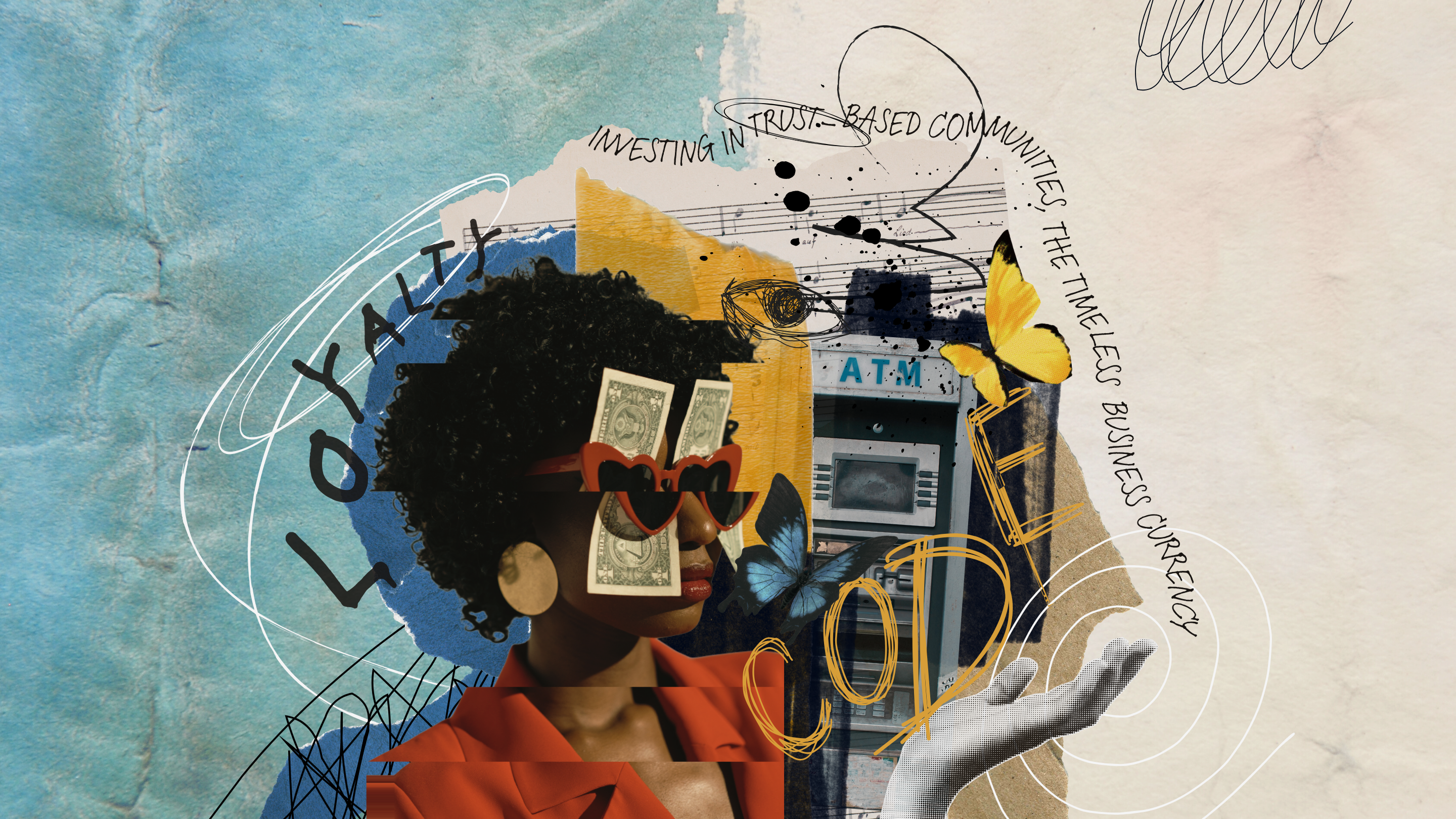
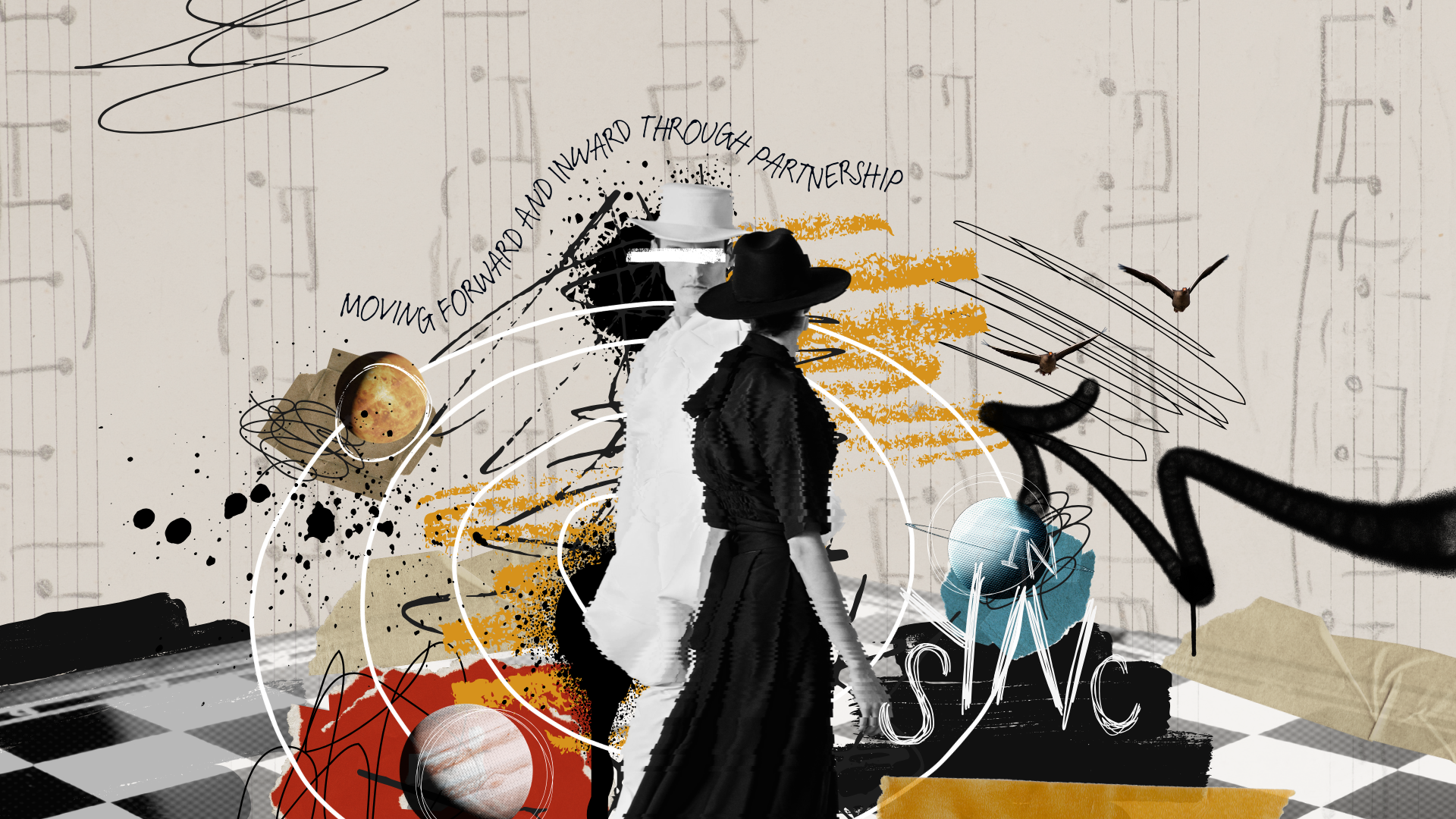
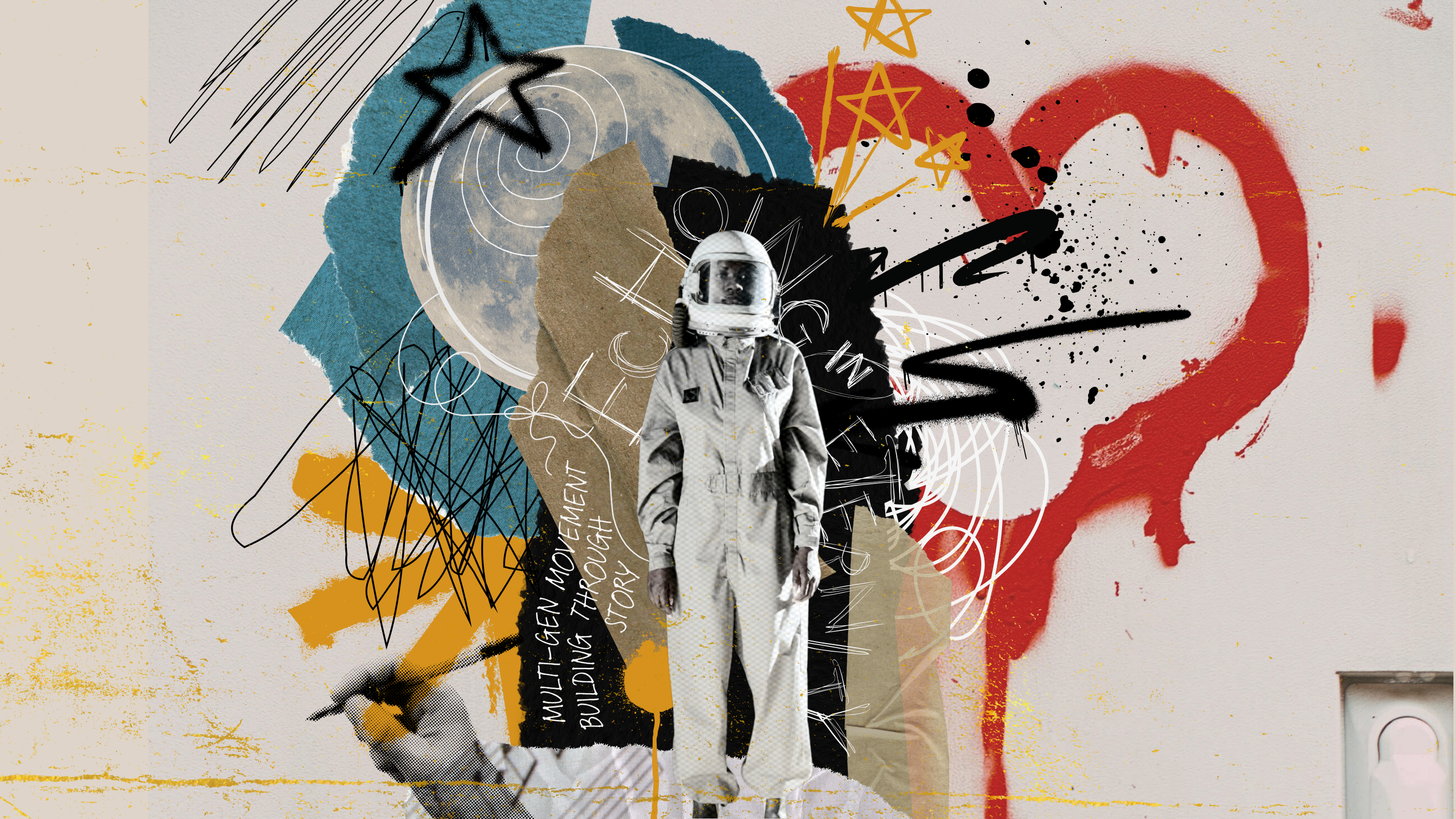
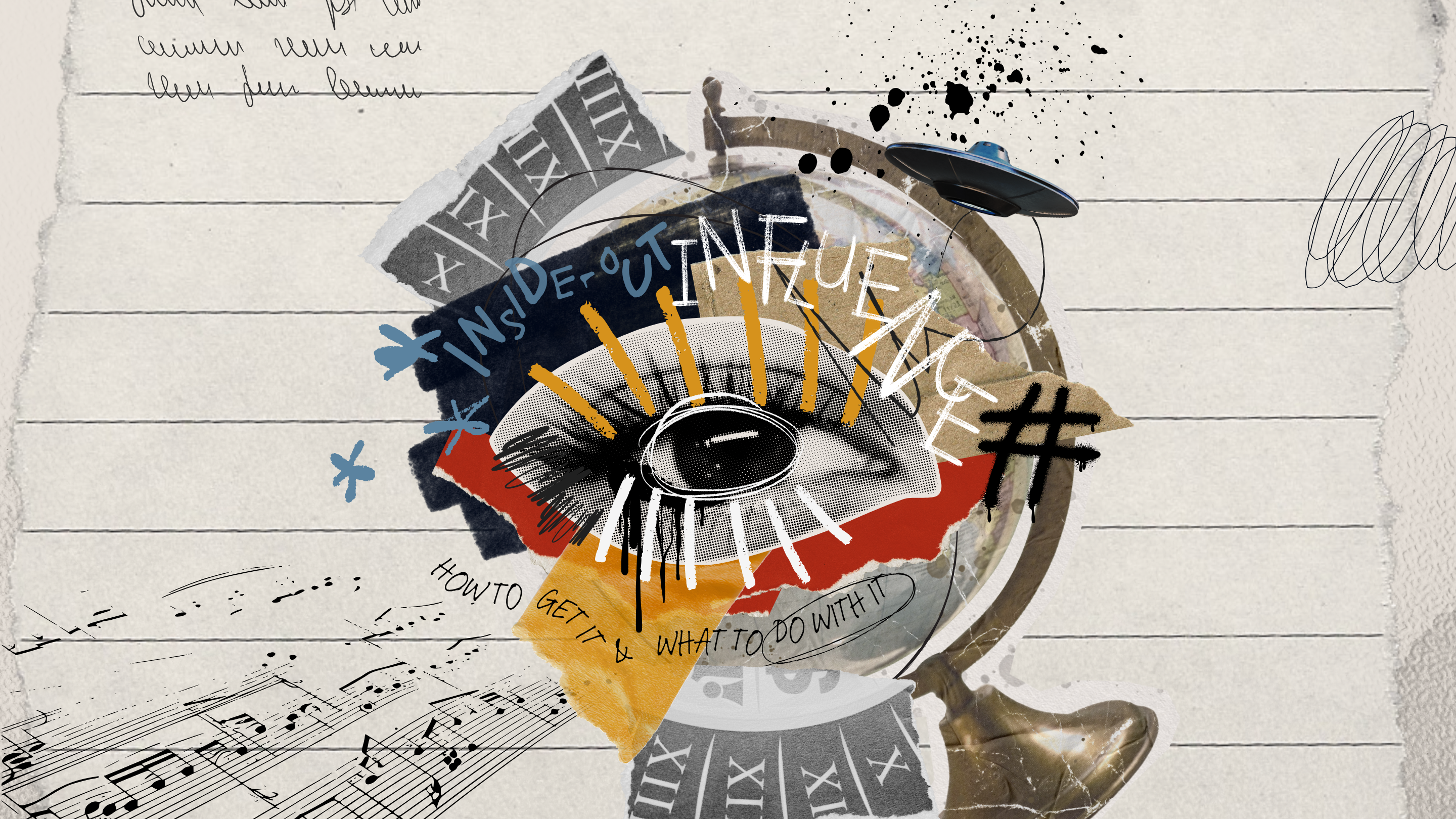
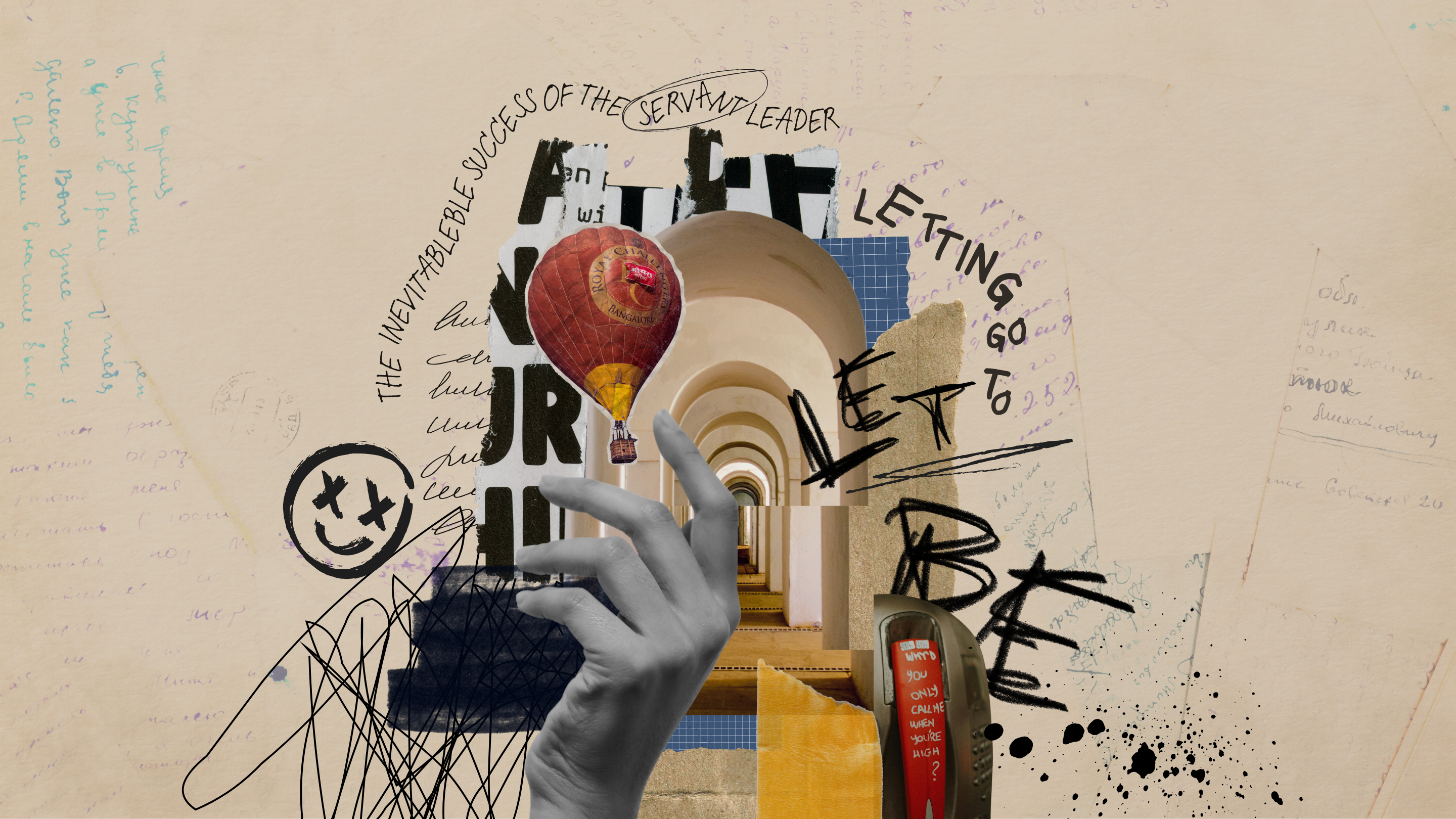

commentary
commentary